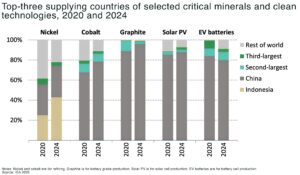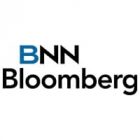If 2021 was the year EVs went mainstream then 2022 was the year that the support system made a much needed dash to try and catch up. According to the International Energy Agency (IEA), the number of public EV chargers installed worldwide jumped more than 55% in 2022, with over 2.7 million public charging points now in operation globally.
China continued to dominate, adding more than 600,000 public chargers in a single year. That’s more than the rest of the world combined. Fast-charging hubs popped up not just in major cities but along long-distance corridors, helping support China’s fast-growing EV fleet. Countries like Germany, the Netherlands, and France saw hundreds of thousands of chargers installed in 2022, many funded by EU green transition programs.
The U.S. has been slower, however, with the Infrastructure Investment and Jobs Act and the Inflation Reduction Act putting billions toward EV infrastructure, the number of publicly accessible chargers in the U.S. passed the 150,000 mark last year, with a focus on fast-charging networks along highways and rural routes.
While slow or “Level 2” charging stations still make up the bulk of global infrastructure, DC fast chargers (under 30 minutes to charge) saw the fastest growth in 2022. In China alone, over 50% of new public chargers installed in 2022 were DC fast chargers. Europe and the U.S. are also scaling up their fast-charging networks, often in partnership with private companies like Tesla, Electrify America, Ionity, and Shell Recharge.
It’s a strong signal to automakers. As charging infrastructure becomes more widespread and reliable, it’s reasonable to expect more consumer interest in EVs. To be clear, there is still a long, long way to go. To meet projected demand by 2030, the world needs many millions more chargers, both public and private. But 2022 has arguably marked a turning point.
Anthony Milewski
Chairman, Nickel 28 Capital




















